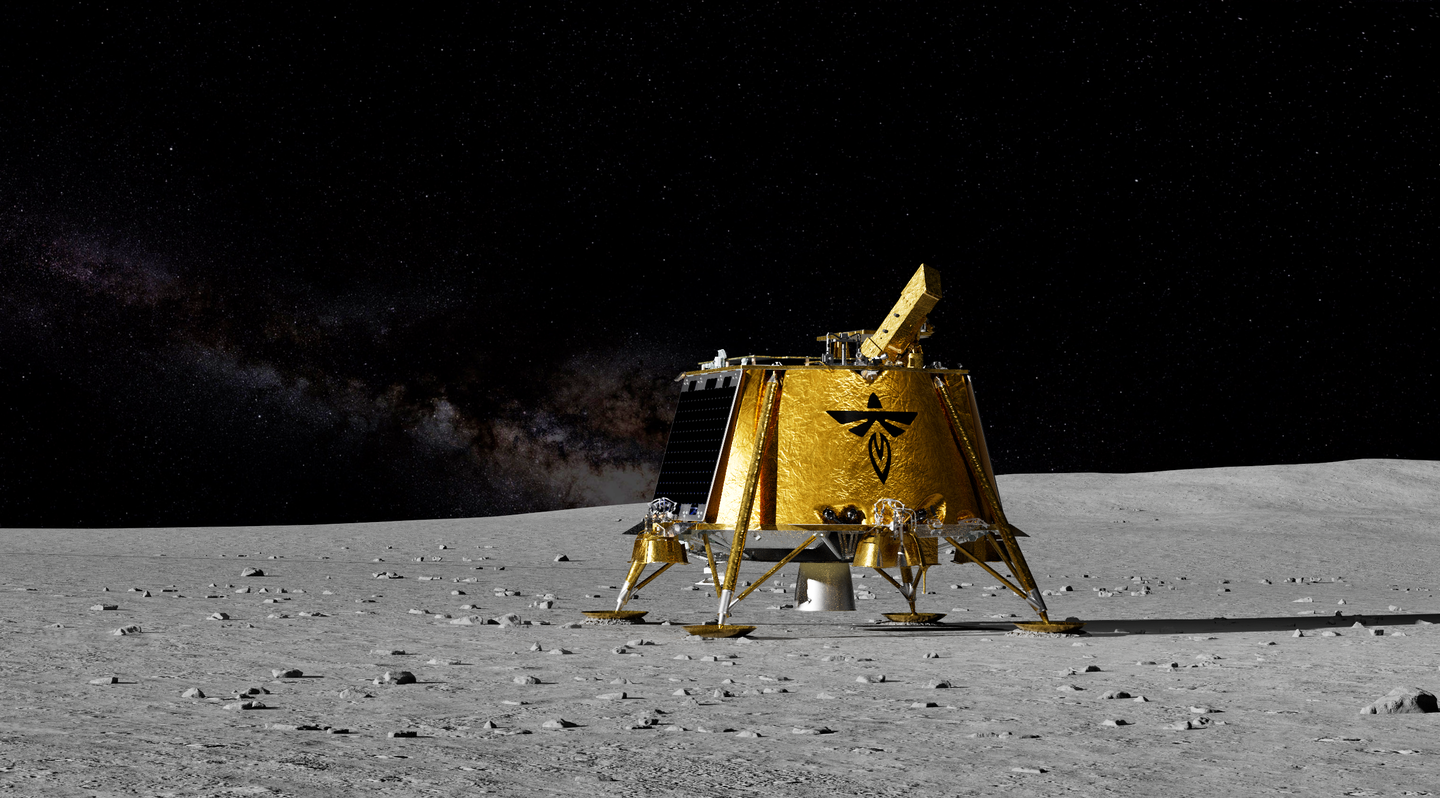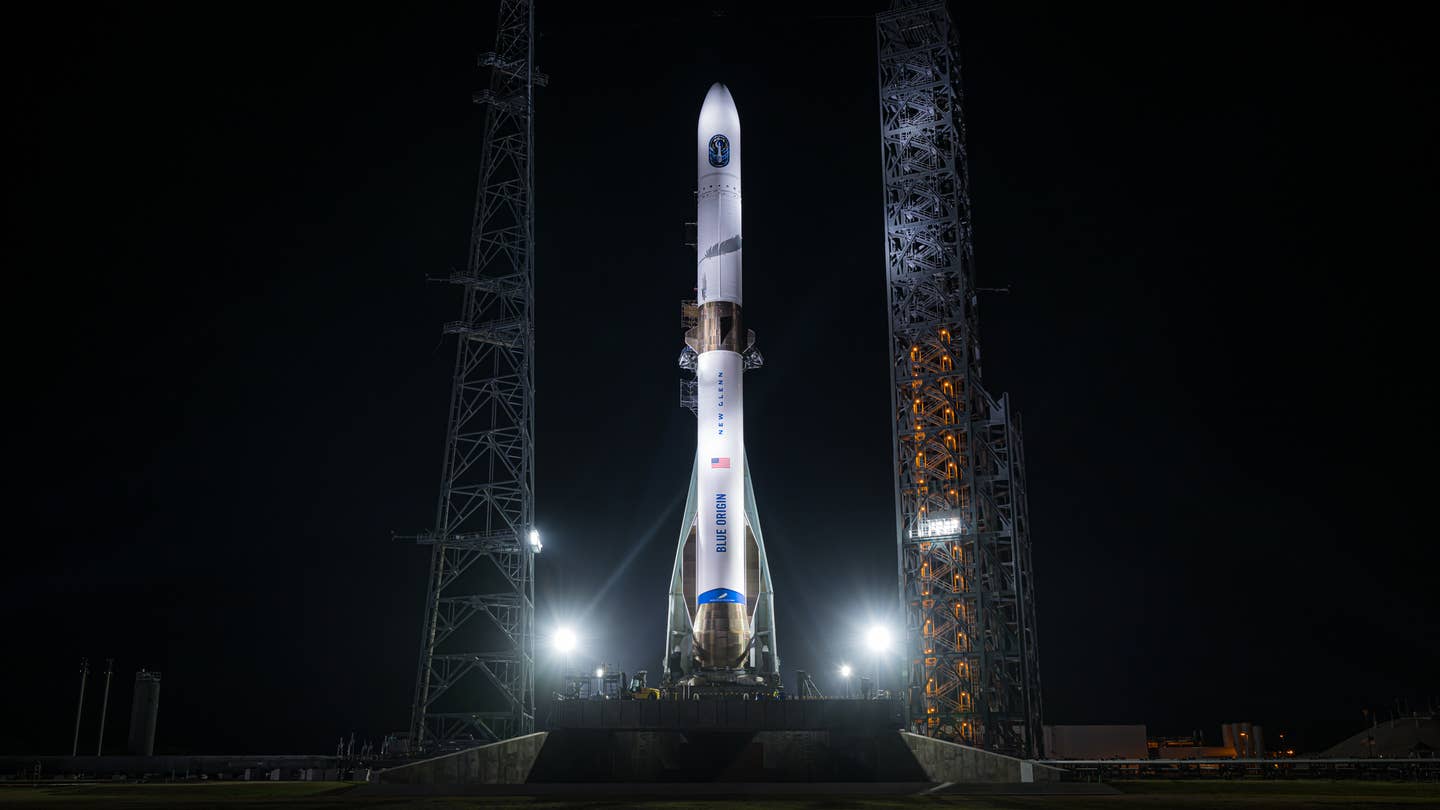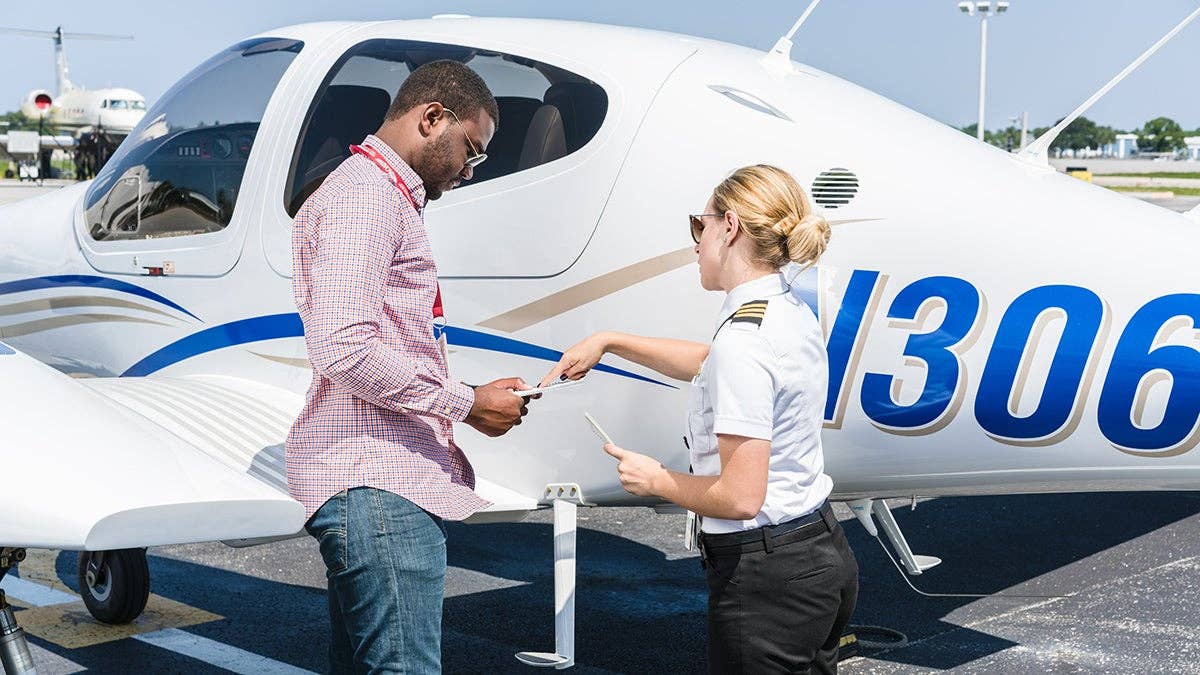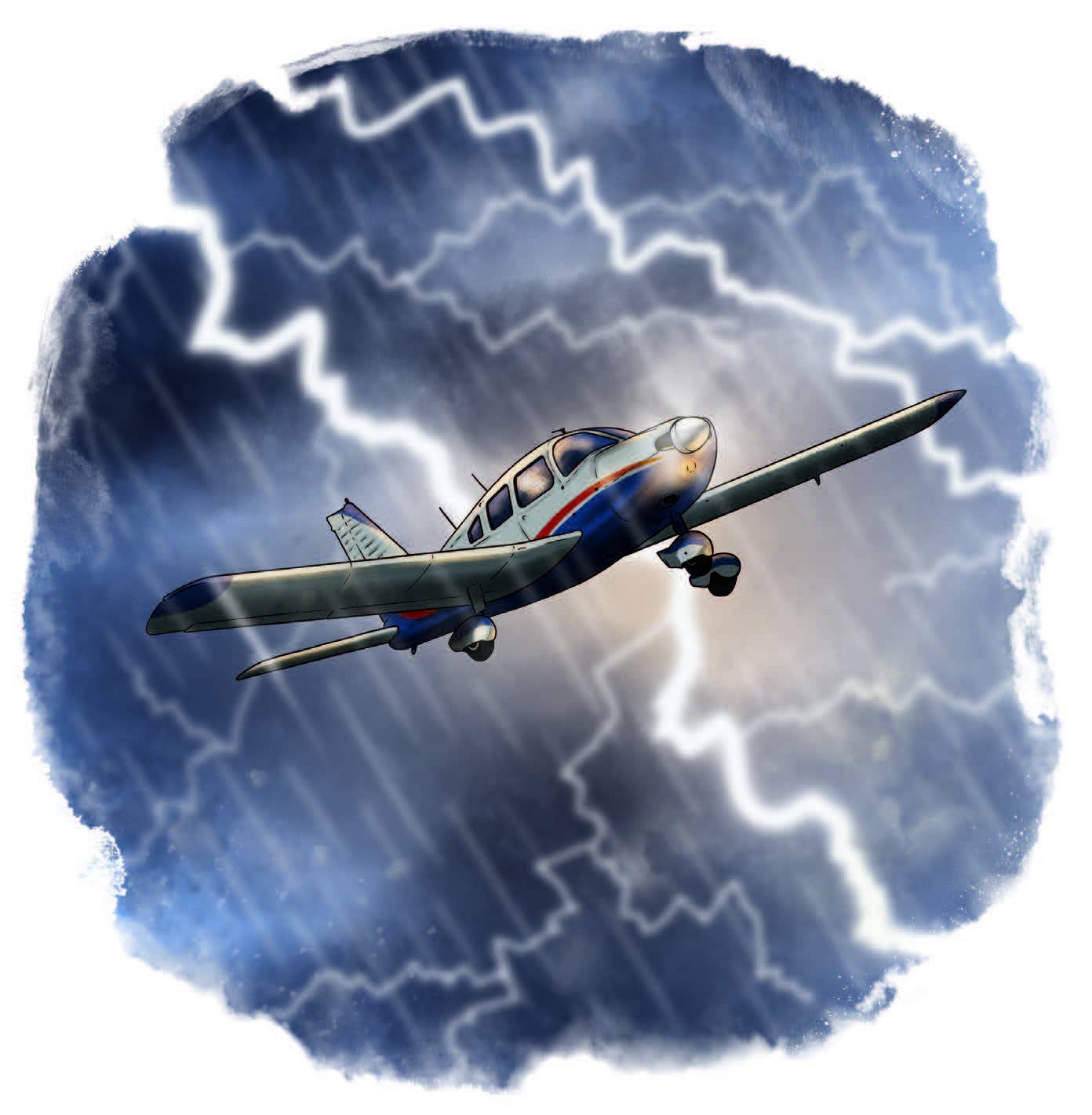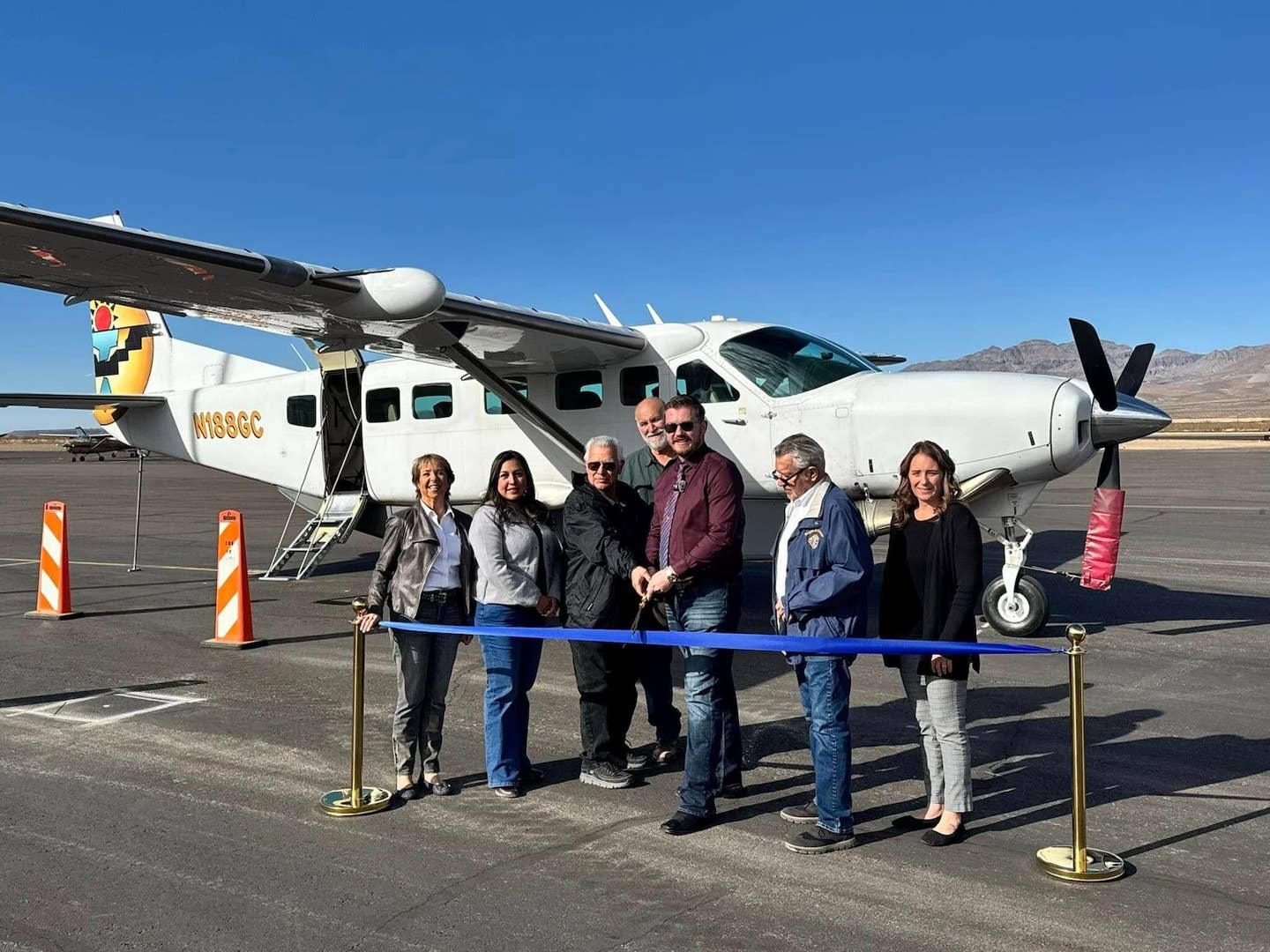
(June 2011) "Shortly after takeoff, I knew we were in trouble — everything looked, acted and sounded OK, but I watched the vertical speed indicator drop to zero. Knowing we had taken off from a strip located down in a mountain valley, that's not a good thing. It was just after dusk, so I couldn't see much, but I saw the tops of the trees — some of which were now above the wingtips. What I could not see was what was directly ahead because of the deck angle. I was concentrating on maintaining best angle of climb speed and checking that I had full power. We were in big trouble."
Sandy Schenk was telling me all this in a cold, dispassionate voice, as if he were a highly experienced surgeon discussing a difficult case that turned out badly. This is not surprising, because a talented surgeon is exactly what Schenk is. What is surprising is the response this pilot surgeon had to a devastating accident that left him severely burned and subjected him to 24 surgical procedures. You can see the skin grafts on his face, and you can easily see the stubs he has for fingers when you meet him. All the more surprising, then, is this: Schenk is a busy surgeon today, and he has logged 2,000 hours since the accident. He owns and flies a Piper Seneca as you read this. Talk about getting back on the horse that threw you.
I have known Sandy Schenk in that distant-acquaintance sort of way since we were both young academic surgeons. We’d see each other at meetings and talk about our lives and our flying. He was a young surgeon at the University of Virginia when I was the same at the University of Chicago. We ran in the same circles.
Then Sandy disappeared. He wasn’t at the meetings; I didn’t see his face. There was the rumor of an airplane accident. The rumors proved true. The date was Jan. 11, 1984. The story is this:
Schenk and another young colleague, whom I also know, had received word the day before that they had just passed the certifying exam for the American Board of Surgery. This is the ultimate check ride. None of us would make it in surgery without this type rating in our pocket. The young surgeons decided to celebrate the following day by playing hooky with an outing to a ski resort on the Virginia-West Virginia border. Schenk volunteered to fly them and two others in a rented T-tail Lance.
Schenk was no novice. He had 1,500 hours under his belt by then. He caught the chronic flying undulating fever while in college at the University of Rochester as an undergraduate student. He was a student of such accomplishment that he was selected to enter medical school after just three undergraduate years of college. The medical school was Duke University, one of the most competitive in the country.
After training, Schenk and his buddy, also a Duke-trained surgeon, migrated to Charlottesville, Virginia, where they have been ever since. When I was invited to give a talk at UVA recently, I was delighted to find Schenk sitting next to me at the customary dinner that academic institutions put on for visiting firemen. What I didn’t know, and had always been reluctant to ask about, is that he’s both flying and operating again. The story sounds remarkable, but when you talk to him, he makes it all sound sort of expected.
“You have a choice to make,” he told me as he recounted the accident and its aftermath.
The day started out with high spirits and expectations. Schenk had flown into Bryce Mountain airport “four or five times before” but never in the Lance and never with four souls on board. “The runway didn’t look short on the way in,” he said. “It had a light dusting of snow. The FAA has since displaced the threshold.”
The flight out started just after dusk.
“I knew the airplane to be an anemic climber. I had remembered a takeoff from sea level in the summer, when I attributed the poor rate of climb to my misjudgment of the density altitude on a hot day. Now I was not climbing and I could not see ahead. In retrospect, I think that airplane almost stopped climbing when the gear was in transit. I really had no plan B.”
The airplane hit a building under construction. Tail first.
“It was like a tail hook, in a way. It saved our lives. There was a small clearing into which we pancaked. My friend in the right seat had probably hit the windshield with his head, and the windshield was gone. All he had to do was stand up and get out. The big door in the back was gone by the time we stopped, so those in the back were able to get out. I was struggling to open the over-wing door on the right side when the explosion occurred. We were just a few seconds away from walking away from the accident without injury.”
Rescuers took about a half-hour to reach the airplane, which had sent up an obvious signal flare. The back passengers had blast burns to their faces. Schenk was badly injured, but still a surgeon in charge. When they arrived at a local hospital, the emergency room doctor on call said that the injured had to have breathing tubes inserted before transfer back to the University of Virginia by ambulance, a two-hour journey.
“I said to him: ‘You know the deal. You’ve got one chance to get that tube in. If it gets screwed up, we’ll die here. Put us in an ambulance and get us to Charlottesville.’ The ER doc saw the wisdom of this declaration,” Schenk recently said, with a slight hint of irony.
He would have a tracheostomy for the next six months.
“About a year after the accident, I went out to the airport and just sat in an airplane. The faint smell of avgas brought back some vivid and unpleasant memories. No, I wasn’t ready, at least not yet.
“Eventually I wanted to give it a try. I sat down with a flight instructor, told him my story and asked if he would fly with me just to see if aviation still held any of the old joy for me, and he agreed. I expected an ‘introductory’ flight, like you give prospective new students to get them hooked on the appeal of flight. After takeoff, at about pattern altitude, he reached over and pulled the mixture to idle cutoff and calmly said: ‘Your engine just quit. What are you going to do?’ I followed the memorized procedure: Establish best glide speed. Pick a field and head toward it. You know the drill. At about 100 feet he gave me the engine back. We did some other simple maneuvers and went back to the field. Taxiing in, I felt really resentful: ‘Was that really necessary?’ I thought. I shut down the engine and he said to me, ‘I know what you are thinking. But if you aren’t mentally prepared to handle the worst-case scenario, you have no business being pilot in command. Do you think the laws of physics and the vagaries of aviation would cut you some slack because you’ve been injured? They won’t, and neither will I.’
“It took only a few minutes to realize that he was exactly right. I didn’t need sympathy; I needed to know if I was truly ready to fly, and that was the best way, perhaps the only way, to find out. If I was to resume being a pilot, and for that matter, a surgeon, I had to be able to do it right, or not do it at all.”
Two years after the accident, Schenk went back to performing surgery.
“I had a great boss in Scott Jones. His philosophy was to let me figure it out. He was not a micromanager, and he reassured me that there was a place for me here. He also said that he’d intervene if he thought I was unsafe. The biggest impediment was to find surgical gloves that fit. Finally, I found a company that could make them. But I have never used specially made surgical instruments. Just like flying, I figured I better find a way to make it work using the same equipment everybody else does.”
After practicing surgical technique in the plastic surgery microvascular lab (Schenk knew the plastic surgeons at UVA well by then), he went back to patients.
“You’ve got a choice. You can either try and see if it can work or not. There is nothing heroic about it.”
Today Schenk sutures blood vessels with 7-0 prolene suture so thin that you can’t see it without wearing magnification. During my visit I asked a surgical resident whether Schenk was a good surgeon. She said, “He’s a hell of a lot better at what he does than a lot of them with all 10 fingers.”

Sign-up for newsletters & special offers!
Get the latest FLYING stories & special offers delivered directly to your inbox

